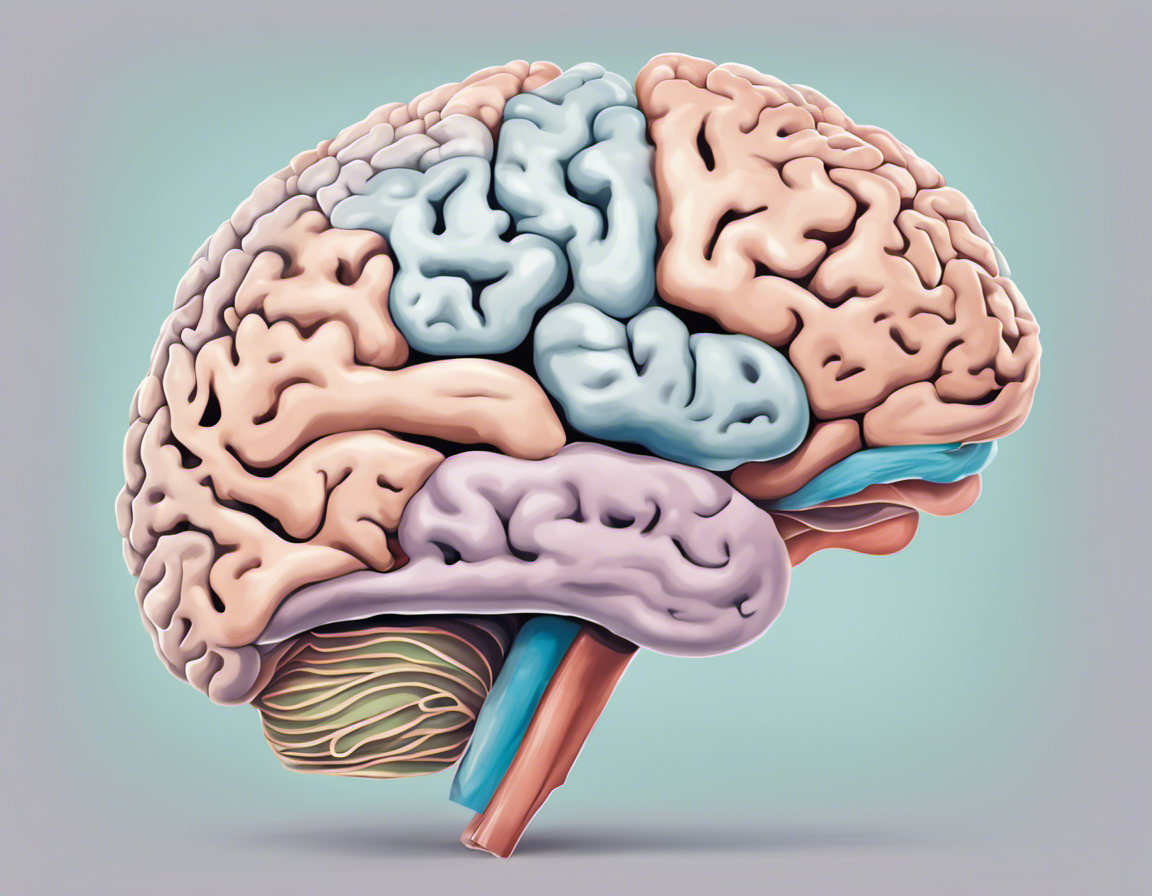ADHD & Driving: Insights, Strategies, and Resources for Safer Roads

Did you know that people with ADHD are almost 50% more likely to be involved in a serious car crash? Behind this startling fact lies an even more considerable challenge – driving with ADHD. Attention Deficit Hyperactivity Disorder, better known as ADHD, affects 5-10% of the adult population, significantly impacting several aspects of life, including driving ability.
In this article, we shall delve into the intricacies of ADHD and how it influences driving performance. We’ll provide insights into aspects like attention focus, impulse control, and executive functioning – all crucial for safe driving. Clarity is brought to the connection between these elements of cognitive processing and how they’re impacted by ADHD; this will shed light on why individuals with this disorder may have a more challenging time behind the wheel.
Another pivotal point in our discussion will be focusing on the strategies that can be implemented by people with ADHD for safer driving. A timely diagnosis, proper treatment, thorough driver’s education, and the utilization of specific driving aids are some of the effective measures we’ll explore. We’ll also discuss the importance of implementing ADHD-specific strategies and maintaining a healthy lifestyle for better road focus.
The concluding notes explore resources and support available to drivers with ADHD in their journey towards safer, more controlled driving. Support groups, therapist services, possible online resources, and ADHD-friendly driving schools come into play here. As an inclusive society, acknowledging such challenges and working together towards solutions would pave the way for progress and safety for all.
We hope this comprehensive guide helps you understand why this topic demands personal safety and public health attention. So buckle up for a deep dive into understanding ADHD and its impact on driving – because every journey should be safe and pleasant.
Understanding ADHD and its Impact on Driving
The disorder of ADHD, best known for disrupting focus and driving uncontrolled impulses, plays an extensive part in various parts of life, one of which is maneuvering a car—a task that requires the precise mix of the right skills.
What is ADHD?
ADHD (Attention-Deficit/Hyperactivity Disorder) is a neurodevelopmental condition that usually occurs during early childhood but may continue into adulthood. It affects an estimated 5-10% of adults worldwide, interfering with their ability to concentrate and control impulsive actions.
An individual with ADHD finds it challenging to keep their focus on one task at a time. A constant flurry of unrelated thoughts disturbs their concentration. Impulsiveness, a second defining feature of ADHD, adds to the person’s challenges in pursuing activities that demand careful attention and thought-through reactions.
How ADHD Affects Driving
Driving in itself requires active engagement of your complete cognitive resources. A lapse regarding anyone – attention, impulse control or executive functioning – all abilities that are compromised with ADHD can lead to unsafe driving practices.
The Role of Attention in Driving
One core ability needed for secure driving is sustained attention i.e., maintaining focus on a task over prolonged periods. For individuals saddled with ADHD, keeping steady attention proves to be a hurdle. They are more liable to lose concentration, sometimes side-tracked by unimportant stimuli, potentially leading to critical lapses while driving, such as missing traffic signals or failing to see another vehicle.
The Impact of Impulsivity on Safe Driving
Impulse control forms another crucial element in driving that poses problems for persons grappling with ADHD. Impulsiveness results in snap decisions, which can be detrimental on the road. Sudden lane changes, aggressive driving behaviors, or reckless speeds may be some manifestations of this impulsivity. These rash actions can escalate the risk of road crashes.
Executive Functioning and Driving
Executive functions, another area hampered by ADHD, comprise abilities such as multitasking, problem-solving, controlling emotions, and adapting to changes. Driving requires the simultaneous execution of numerous tasks – navigating the vehicle, monitoring other drivers, and adjusting to changing traffic trends. This poses a significant challenge for a person with ADHD who struggles with multitasking. Difficulty in making quick decisions under stress or adapting to unexpected developments on the road also creates problems in efficient driving.
Strategies for ADHD Drivers
ADHD (Attention Deficit Hyperactivity Disorder) can negatively impact a person’s capacity to focus and function effectively while driving. Still, with appropriate strategies, individuals afflicted with this condition can drive safely and confidently.
Getting a Proper ADHD Diagnosis and Treatment
Unveiling the fact of having ADHD is the preliminary step toward safer driving practices. Consulting a mental health professional for psychological examination serves this aim, leading to an accurate diagnosis and targeted treatment options. This could comprise behavioral therapy, medication, or both, depending on the nature and severity of the symptoms. The right course of treatment can drastically enhance driving confidence and safety.
Importance of Driver’s Education
Stellar education about driving rules, road etiquette, and safety measures is mandatory for any driver, but its significance is magnified for drivers with ADHD. A comprehensive driver’s education program will equip them with the skills to navigate the road safely while offering specific techniques to help manage ADHD symptoms while driving.
Utilizing Driving Aids and Tools
There are various tools and technical aids available that could help ADHD drivers maintain their focus on the road. GPS systems simplify navigation, ergonomic seats and steering controls increase comfort levels, thereby reducing distractions; distraction-free zones within the car facilitate attention span improvement, and sobering aids like audible speed alerts ensure optimal adherence to speed limits.
Implementing ADHD-Specific Strategies
Customized strategies toward road behavior can prove beneficial. Tactics like avoiding cellphone use when driving, ensuring enough rest before hitting the road, taking frequent breaks during long drives, scheduling drives during less crowded times, and utilizing aids like cruise control can genuinely help alleviate typical ADHD-related difficulties when driving.
Maintaining a Healthy Lifestyle for Better Focus on the Road
Exercise, nutrition, and sleep cycles significantly influence one’s focus level. Drivers with ADHD should incorporate regular physical activity into their daily schedules to foster better concentration levels. A balanced diet rich in omega-3 fatty acids and protein can enhance cognitive performance and impulse control. Sufficient rest is quintessential for calmness and awareness on the road.
Resources and Support for ADHD Drivers
Several resources, combined with the support system, can assist ADHD drivers in honing their skills and maintaining safety on the road.
Support Groups
Joining support groups can provide ADHD drivers a platform to share their experiences, learn from other’s experiences, and draw emotional strength from being part of a community that empathizes with their struggles.
Therapist and Counselor Support
Professional counseling can be instrumental in learning coping mechanisms to handle driving anxiety, impulsivity, or other issues related to ADHD. Regular follow-ups with the therapist help in monitoring progress and tweaking treatment plans.
Online Resources and Tips
A plethora of online resources provide educative advice, tips, strategies, and guidelines distinct to ADHD drivers. These resources are indispensable for gaining knowledge about managing ADHD symptoms while driving.
ADHD-friendly Driving Schools
Specialized driving schools are equipped with professionals who understand the specific challenges faced by ADHD drivers. They offer training modules designed specially to teach safe-driving techniques to individuals with ADHD.
Conclusion
Driving while managing ADHD can be a task riddled with potential distractions. However, through timely diagnosis and treatment, strategic driver’s education, and the proper utilization of driving aids, there can be a substantial improvement in driving safety. Remember, knowing one’s limits, understanding the effects of ADHD on driving skills, and taking appropriate measures is key. Let this article serve as the first step towards safer driving.
As we draw to a close, the journey doesn’t end here. Continue delving into this topic, build on your knowledge, and explore more resources aimed at making those with ADHD safer drivers. Be part of the change towards safer roads for all!




Comments